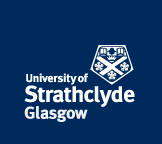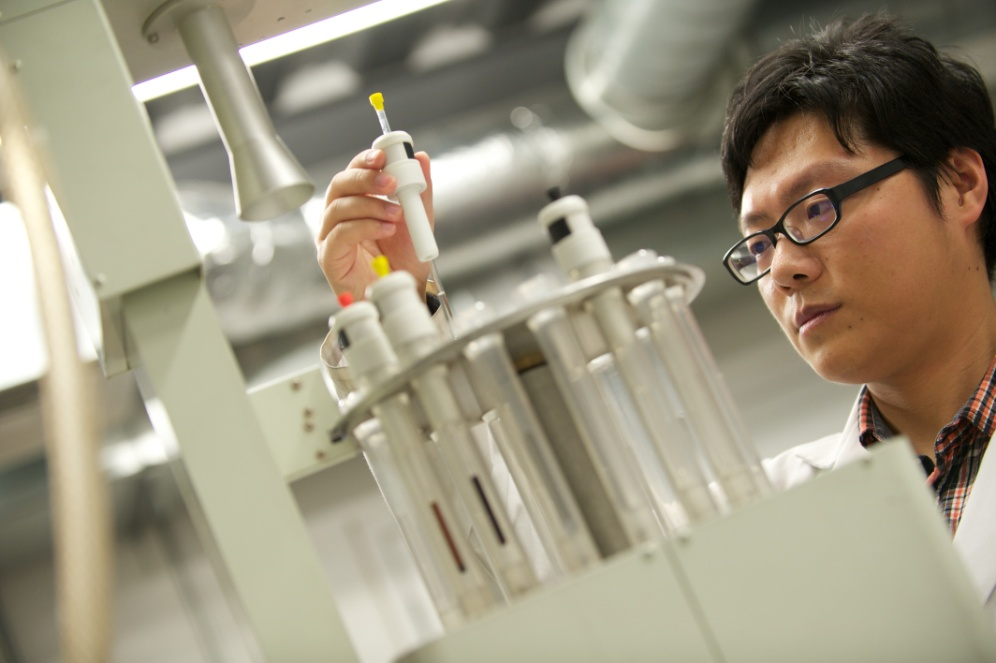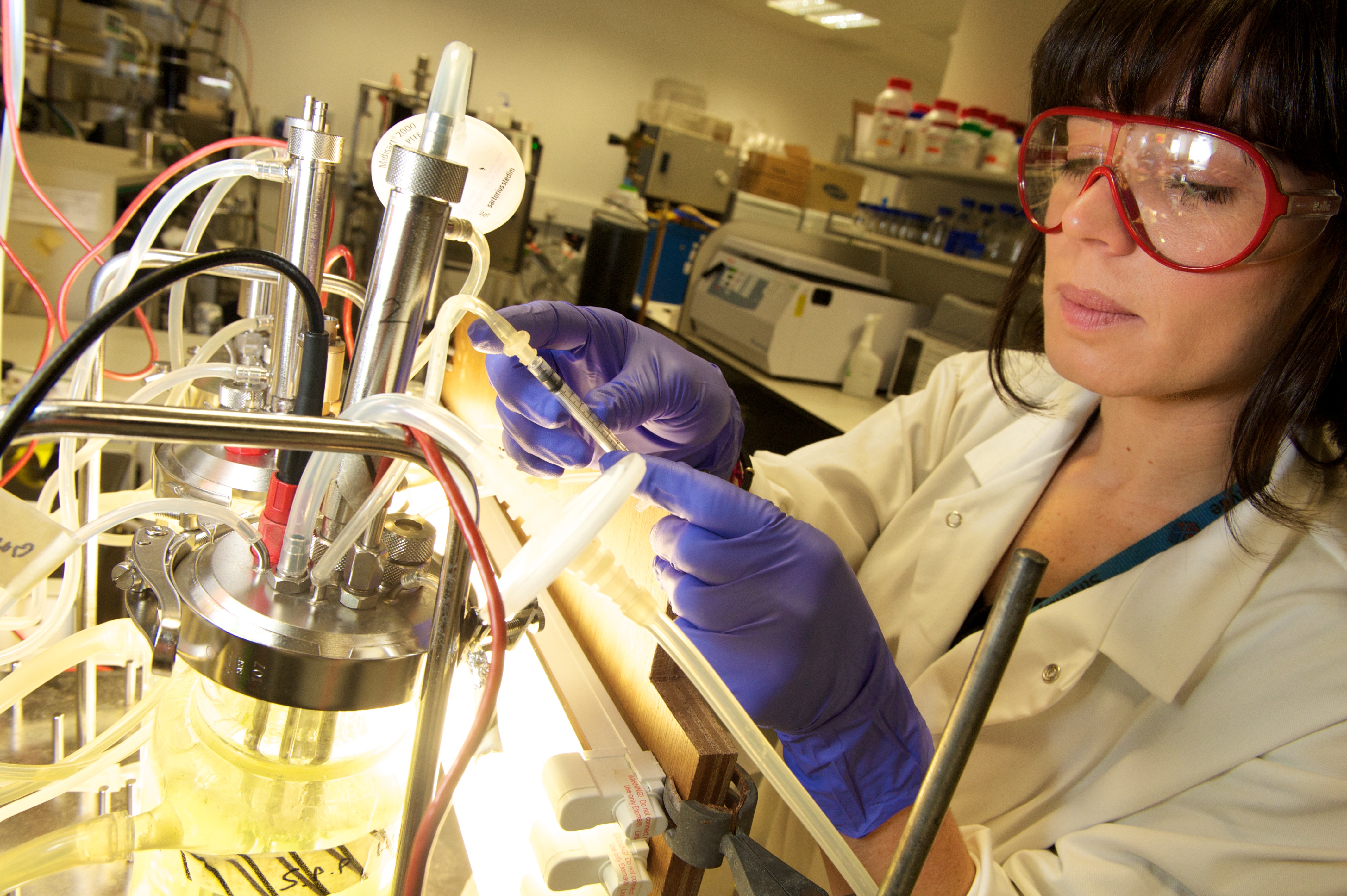Strathclyde University (United Kingdom)




strathclyde institute of pharmacy and biomedical sciences
The University of Strathclyde is a research and teaching institution
with a strong emphasis on “useful learning” and knowledge exchange. The
University offers a wide range of undergraduate and postgraduate
instructional programs, as well as research activities. The total
research funding for the biological and pharmaceutical sciences since
2001 is £21.9M. It is creating a unique Technology & Innovation
Centre to work with industry – an investment of €100 million.
Strathclyde Institute of Pharmacy and Biomedical Sciences (SIPBS) is a
top UK School of Pharmacy and a leading centre for research and training
focussed on the discovery, development and delivery of better
medicines. SIPBS also houses the Scottish Metabolomic Facility (ScotMet).






The Coordinating Team
Brian McNeil (Project Co-ordinator)
heads the
Strathclyde Fermentation Centre (SFC)
has been a leading
centre for research into fermentation and cell culture processes, and
industrial bioprocessing for over 20 years. SFC has received major
funding from industry partners including major biotechnology companies
such as Roche, DSM, GSK, Eli Lilly, and instrumentation companies
including FossNIRsystems, Thermo and Applikon b.v. The SFC's expertise
is on fermentation physiology, real time bioprocess monitoring using
Near and Mid Infrared spectroscopy, microbial stress in fermenter
systems, fermenter design and scale translation.
Linda Harvey
Mariana Fazenda
Christina Viegelmann
RuAngelie Edrada-Ebel
heads the
Natural Products Metabolomics Group (NPMG) at SIPBS and has
developed algorithms to efficiently detect the production of
interesting microbial secondary metabolites during the cultivation and
production processes that would assist in maintaining or enhancing
synthesis of the desired compounds. Our isolation techniques and
procedures involving high-throughput flash and medium pressure
chromatography is the strength of our marine natural products
laboratory. The mass spectrometry laboratories at SIPBS are of the most
recent state of the art facilities to solve a variety of problems in
chemical profiling and metabolomics. Three high resolution Orbitraps and
six low resolution MS instruments as well as additional facility at the
Department of Pure and Applied Chemistry where SIPBS share the use of
the MALDI-TOF for high MW compounds or cell localization studies. The
NMR facilities at the University of Strathclyde are well-equipped with
two 400MHz, two 500MHz, and a 600MHz. The metabolomics facility at SIPBS
as also the necessary software (SIEVE, MZmine, ALICE, and SIMCA P+)
while NPMG has the updated Marine Natural Products databases (MarinLit
and Antibase) to process and analyze huge data files generated from both
MS and NMR. NPMG is also equipped with most recent gradient
flash/medium pressure chromatography to accomplish high-throughput
separation and isolation on biologically active extracts and fractions.
Tong Zhang
Lynsey MacIntyre
Ahmed Tawfike
Alan Harvey
heads the
Strathclyde Innovations in Drug Research (SIDR)
is based
within the Strathclyde Institute of Pharmacy & Biomedical Sciences
(SIPBS). SIDR offers contract screening services and access to an
extensive and highly diverse natural products library.The rapid
screening laboratory has developed in the last 10 years from an
industry-funded drug discovery facility based on natural product
screening. It is equipped for drug discovery assays and for preliminary
in vitro toxicology assessments. The lab is equipped with automated
liquid handling instruments and plate readers for absorbance,
fluorescence, time-resolved fluorescence, luminescence and radiometric
measurements. Molecular and cell-based assays are run routinely, and the
lab is equipped for culturing mammalian cells and ACDP Group 2 bacteria
and parasites. The current range of assays covers tragets relevant to
cancer, infections, diabetes, cardiovascular disease and neurological
disorders. Samples can also be assessed on in vitro toxicity assays.
These include measurement of cytotoxicity in mammalian cells (human,
mouse, rat, hamster), determination of effects on the cell cycle using
flow cytometry, effects on hERG channels as a predictor of
cardiotoxicity, micronucleus formation in mammalian cells to test for
genotoxic effects, and induction of Hprt mutations to test for mutagenic
effects in mammalian cells.
Louise Young
Carol Clements
Grainne Abbott
SeaBioTech is funded by the European Commission within its FP7 Programme, under the thematic area KBBE.2012.3.2-01 with Grant Number 311932
